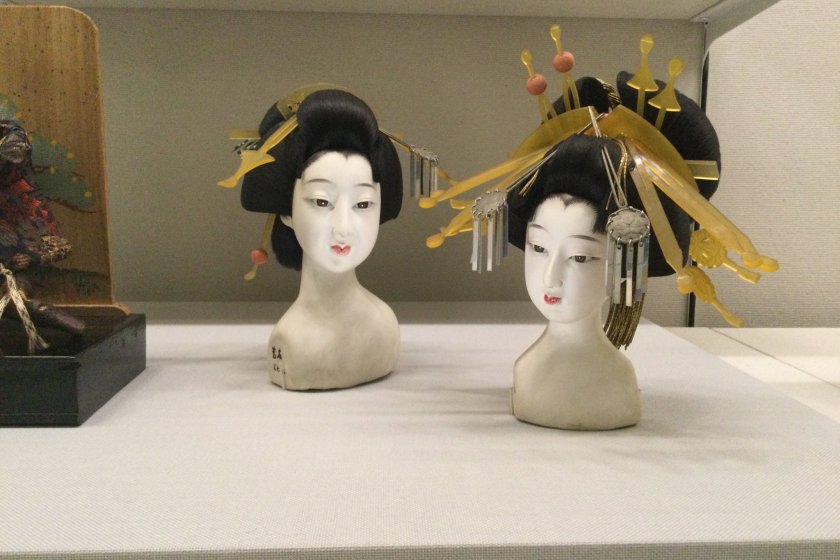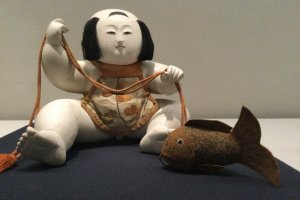For generations, Iwatsuki Ward in Saitama City has been recognized as a major center of ningyo, or doll, production. Legend has it that this prosperous district attracted the craftspeople who created Nikko’s world heritage temples and shrines. The town’s doll workshops centered around the Iwatsuki clan and its castle flourished in the Meiji era, and today the area is known popularly as ningyo no machi, doll town. In 2020, Saitama City’s Iwatsuki Doll Museum opened its doors to reveal the manufacture, history, and culture of dolls.
The museum is unique as it is the only public museum of dolls in Japan. The city has created an elegant concrete and glass building with architectural elements recalling the traditional shophouses and antique kura storehouses that you pass on your walk from Iwatsuki Station to the museum.
The museum’s permanent exhibition of thousands of items revolves around the collections of a Japanese businessman and folklorist, Senko Nishizawa, and his painter son-in-law, Tekiho Nishizawa. Their extensive gathering of dolls and accessories, donated to the museum by the local doll cooperative, is rotated in the main gallery.
Visitors might initially be bewildered by the vast numbers and variety of dolls on display here. The curators make the history and culture accessible with an online guide of detailed information in English and Japanese. With your smartphone, capture the QR code on the interpretation signs to start your visit. The first gallery reveals the history and manufacture of Iwatsuki's dolls. In the second gallery, you’ll find beautifully preserved examples of Edo period to contemporary dolls displayed with expert lighting in climate-controlled cabinets. Photography is allowed with the exception of designated displays. Special exhibitions are held in the third gallery. See the museum's website to plan your visit to coincide with these special exhibitions.
Next to the museum, the attached Nigiwai Koryukan houses workshop space with a monthly schedule of crafts, sweets, and doll projects. You’ll need a reservation to attend. Nigiwai Koryukan also has a cafe with seasonal menus and festival-related foods.





























I'm interested in one of the genres of dolls that's commonly made here. It's called kimekomi. Fabrics are applied to sculpted doll shapes. When I get a chance, I'll write about it!
It’s not a big museum, but the quality of information and exhibits is impressive.